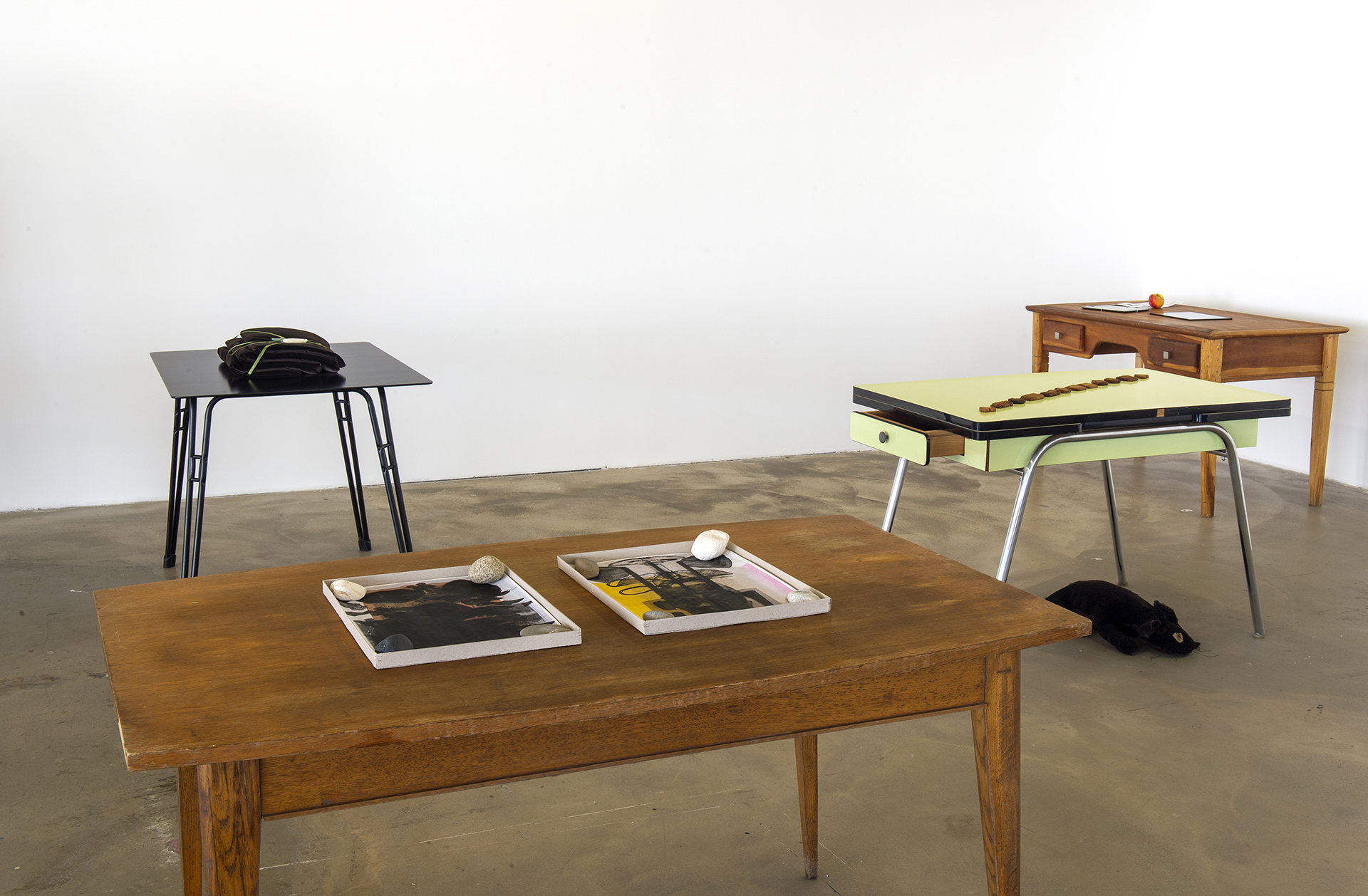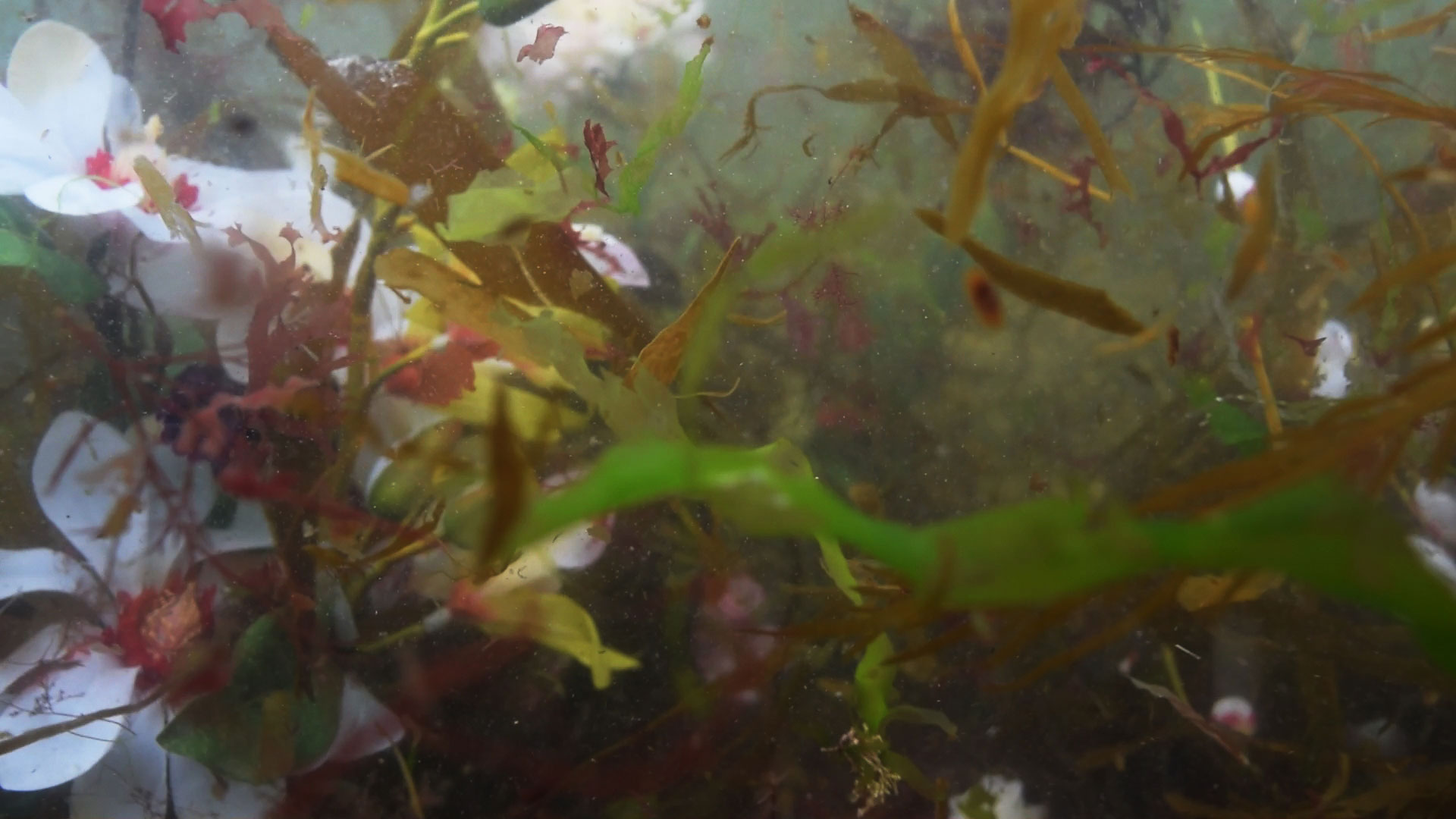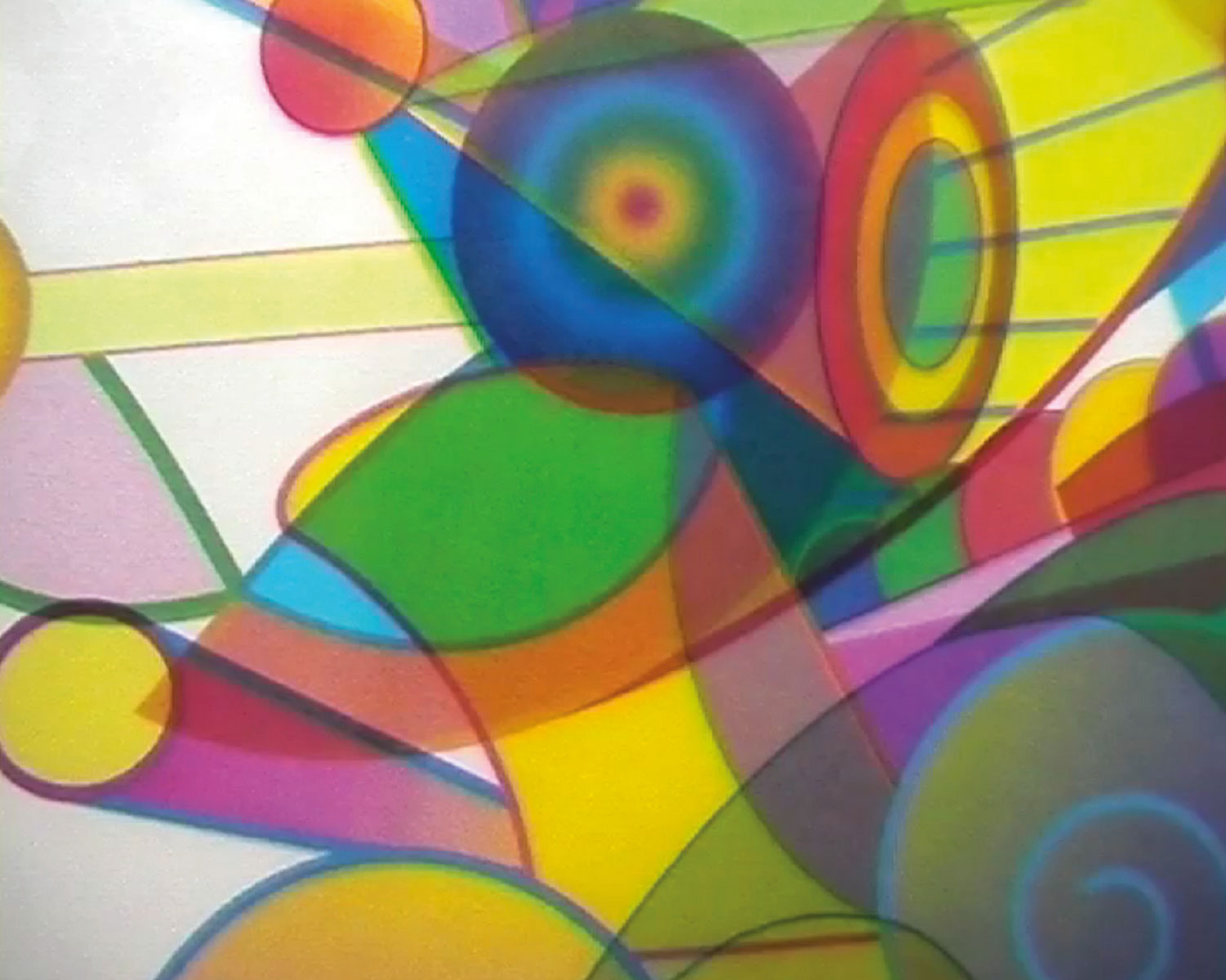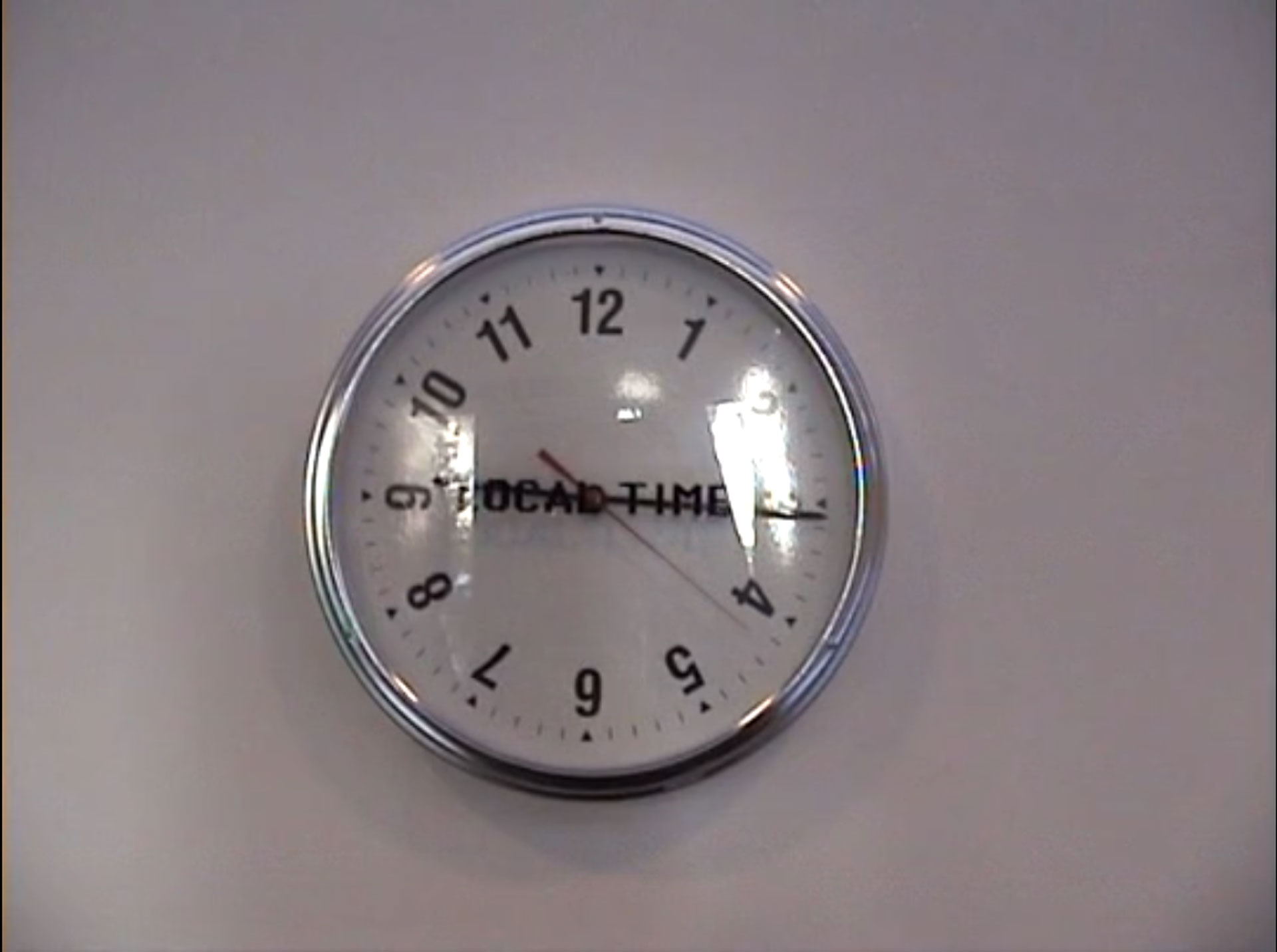L’Évasion
Hugues Reip

From left to right : Black Sheeps, 2014. Courtesy of the artist and Le Carré, Scène nationale et Centre d’art contemporain du pays de Château-Gontier Q.I. Al dente (to François Curlet), 2005. Courtesy of the artist. © Photo : André Morin / le Crédac. © Hugues Reip / ADAGP, Paris, 2018.

From left to right : Black Sheeps, 2014. Courtesy of the artist and Le Carré, Scène nationale et Centre d’art contemporain du pays de Château-Gontier Q.I. Al dente (to François Curlet), 2005. Courtesy of the artist. © Photo : André Morin / le Crédac. © Hugues Reip / ADAGP, Paris, 2018.

Black Sheeps (detail), 2014. Courtesy of the artist et Le Carré, Scène nationale et Centre d’art contemporain du pays de Château-Gontier. © Photo : André Morin / le Crédac. © Hugues Reip / ADAGP, Paris, 2018.

Black Sheeps (detail), 2014. Courtesy of the artist et Le Carré, Scène nationale et Centre d’art contemporain du pays de Château-Gontier. © Photo : André Morin / le Crédac. © Hugues Reip / ADAGP, Paris, 2018.

Exhibition view. © Photo : André Morin / le Crédac. © Hugues Reip / ADAGP, Paris, 2018.

Dreaming out of windows, 2018 - after Joseph Cornell’s dreams, 18 december 1865. Courtesy of the artist. © Photo : André Morin / le Crédac. © Hugues Reip / ADAGP, Paris, 2018.

Les Pistils, 2007. Courtesy of the artist. © Photo : André Morin / le Crédac. © Hugues Reip / ADAGP, Paris, 2018.

From foreground to background : 0,25, 1990-1991. Courtesy of the artist. Noirs desseins (series #2, 4, 5 and 6), 2012-2016, private collections. © Photo : André Morin / le Crédac. © Hugues Reip / ADAGP, Paris, 2018.

Hugues Reip, Noirs desseins, series 5, #10 (detail), 2015-2016, private collection. © Photo : André Morin / le Crédac. © Hugues Reip / ADAGP, Paris, 2018.

Hugues Reip, Noirs desseins, series 5, #9 (detail), 2015-2016, private collection. © Hugues Reip / Adagp Paris, 2018.

The Eyeland (detail), 2018. Courtesy of the artist.











« It might be easier
To fail—with Land in Sight—
Than gain—My Blue Peninsula—
To perish—of Delight— »
Emily Dickinson, It might be lonelier (excerpt), 1863
« Experiencing escape, in its ambivalent relationship with boredom, is what it is necessary to invent in order to escape or abandon oneself to it. »
Hugues Reip
Sculptor, draftsman, musician, video filmmaker, photographer, Hugues Reip (born in 1964) freely draws his inspiration from works in the tradition of alternative-world fiction, so-called social science fiction, from the early 20th century, as well as the beginnings of animated cinema and the history of scientific illustration. His art is fueled as much by a certain 1990s underground rock as it is by the infinite variety of land and sea fauna and flora.
Viewers of Reip’s work travel through a landscape in which perception and illusion are two major experiences. In his pieces, each tree, each object seems to conceal a fantastic divinity in some form of surrealist syncretism.
Hugues Reip is a gardener of the supernatural. In his show called L’Évasion (The Escape), which combines past masterpieces and new works, we get to watch the dream of a butterfly, for example, that flits among clouds of dust. Black Sheeps (2014) is a group of five spinning mechanisms. They are sorts of dust planets and make their revolution in Crédac’s large main gallery. Further along we witness the creation of a fantasy island that is planted with a tree from which immortal flowers and other plants dangle. The Eyeland (2018) is a colorful island that is overlooked by a watchful eye, suggesting Odilon Redon, or putting us in mind of the guardian balloon from the mythic TV series The Prisoner (1967), where no escape is possible. Playing as always with artifice, Reip places in his unserious worlds rocks that are sometimes miniscule and sometimes oversized, and creatures from the deep that exist right beside simple matchsticks. And in Windowblow (2018), he superimposes reality on illusion through a trompe-l’oeil image of the city landscape outside the window.
The series Noirs desseins (Dark Designs – 2012-2016) shows the artist’s fondness for the history of scientific illustration and the work of Lucien Rudaux (astronomer, 1874-1947) and Ernst Haeckel (biologist, 1834-1919), along with the film special effects of Ray Harryhausen (1920-2013); while Mushbook (2008) displays his reading of the hallucinatory work of the Beat Generation. Nova Express (1964; first French edition, Christian Bourgois, 1970) is the title of the book that is central to the piece and is incidentally the name of Reip’s first rock band.
He shows off his references, both to Joseph Cornell (1903-1972) through a diorama in which he plays with surrealist techniques, juxtaposing fantastic and dreamlike elements; and to Öyvind Fahlström (1928-1976) for assemblage and collage in a form of poetic invention. Considered his first work of art, 0,25 (1990-1991) is made up of tiny sculptures that could almost be spontaneous drawings. His entire vocabulary is already in place, the vocabulary over which floats the esthetic of the artist H. C. Westermann (1922-1981), which combines Surrealism, the spirit of Dada and Folk Art. Seen through the prism of the macro- and the microscopic, his worlds harbor the patient reality of work, the compulsive collections of small found or jury-rigged objects, and the mysteries of the art studio.
Video(s)
Exhibition film directed by Thomas James. © Le Crédac, 2018.
Artist biography
-
Hugues Reip was born in 1964 in Cannes.
Exhibitions: La Rhétorique des Marées at La Criée at the Centre d’Art Contemporain de Rennes in 2016, Phantasmata, a selection of films for the MNAM Centre Georges Pompidou in 2014 and the Crédac in 2017. He also curated the exhibitions La Tempête at the Centre régional d’art contemporain in Sète in 2017 and ROC at the Galerie du jour Agnès b in 2015.
www.huguesreip.com
Partnerships
Media partnership : Zérodeux, revue d’art contemporain trimestrielle et gratuite
Sponsoring for the opening : Grolsch, Les Nouveaux Robinson




